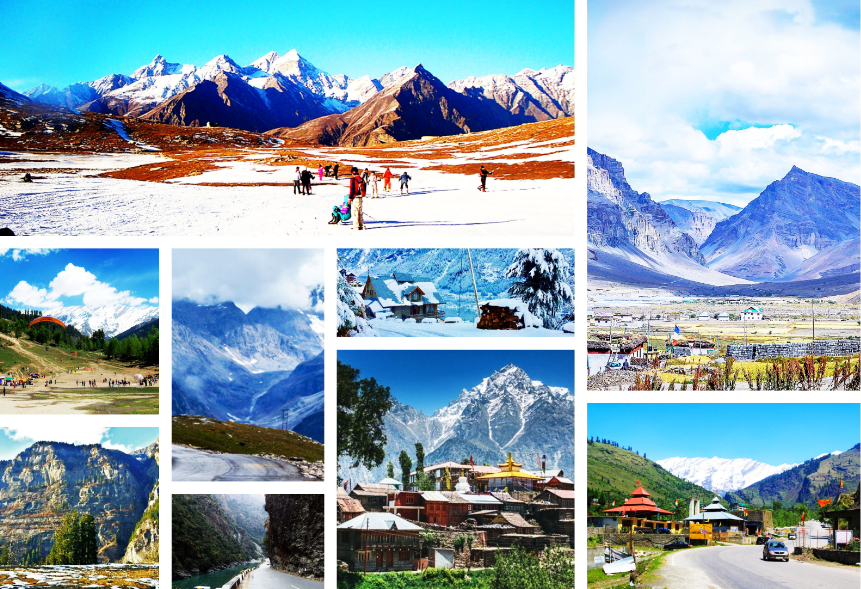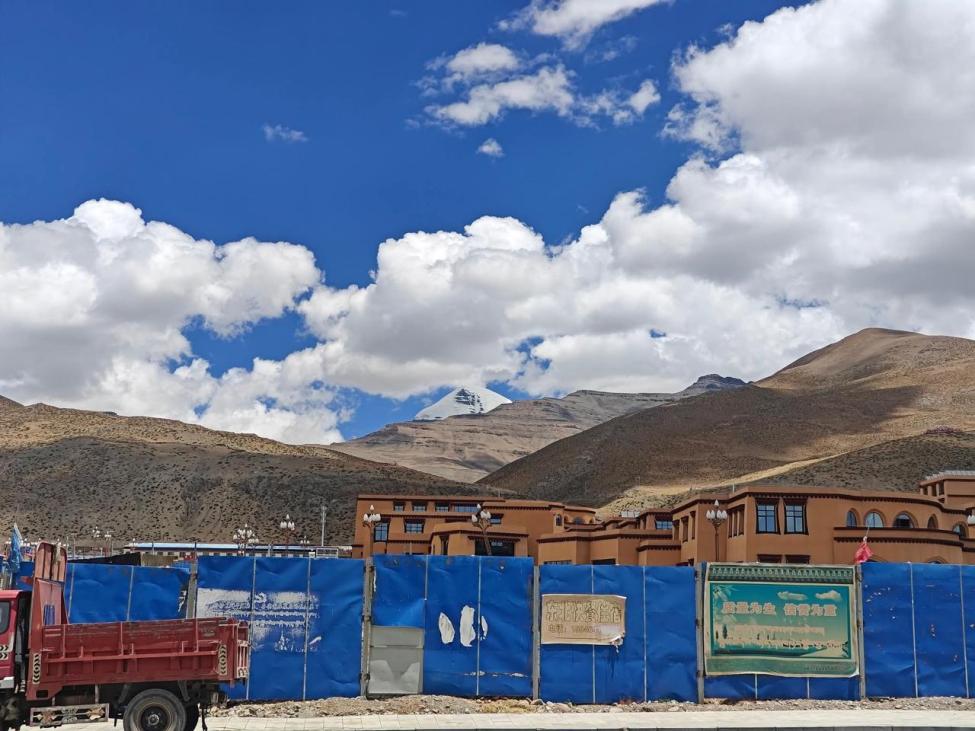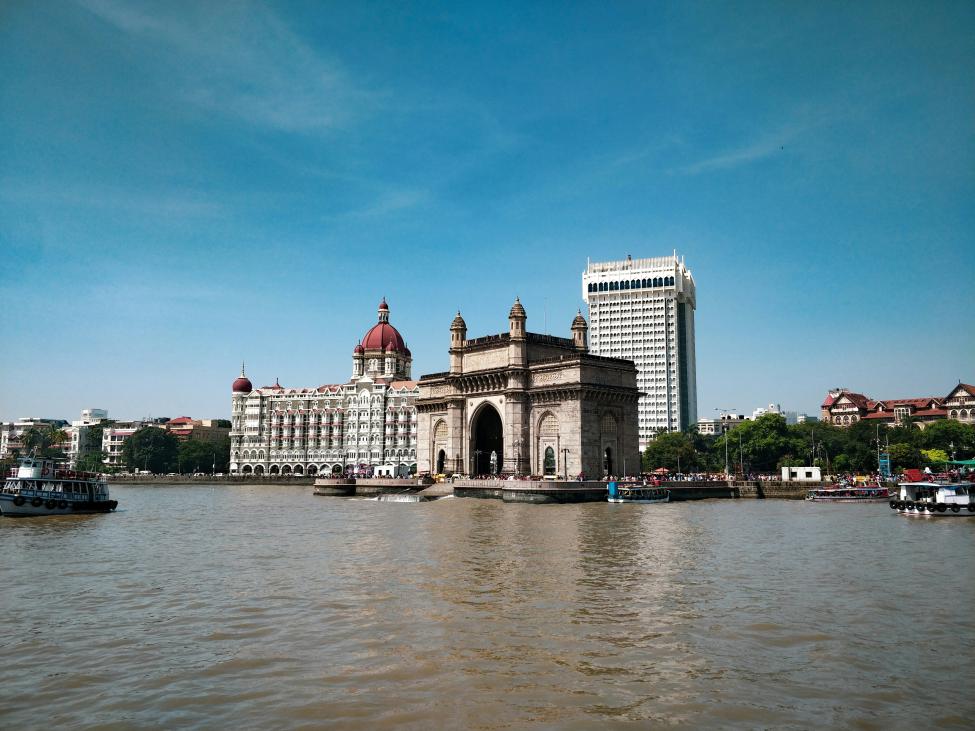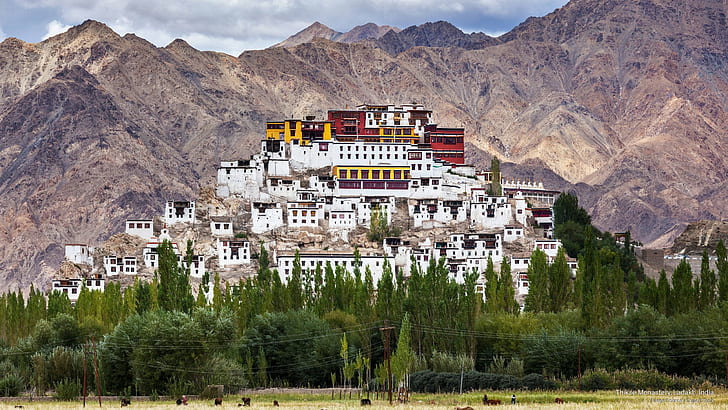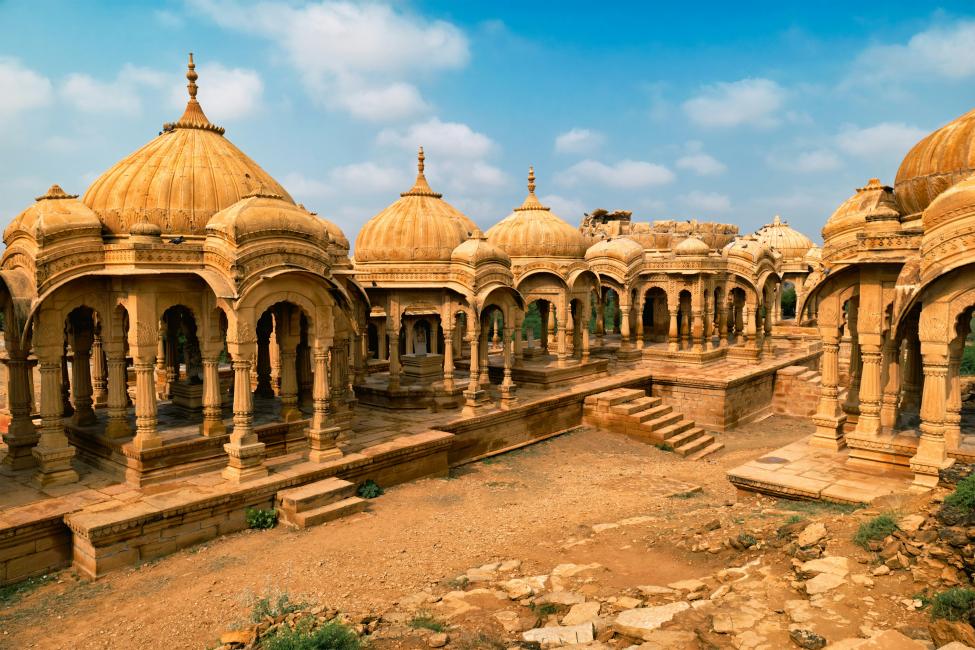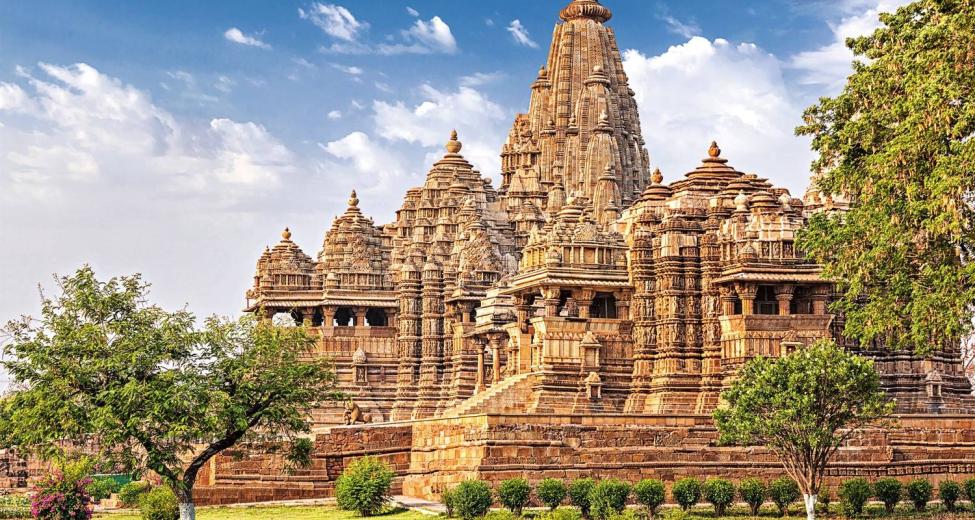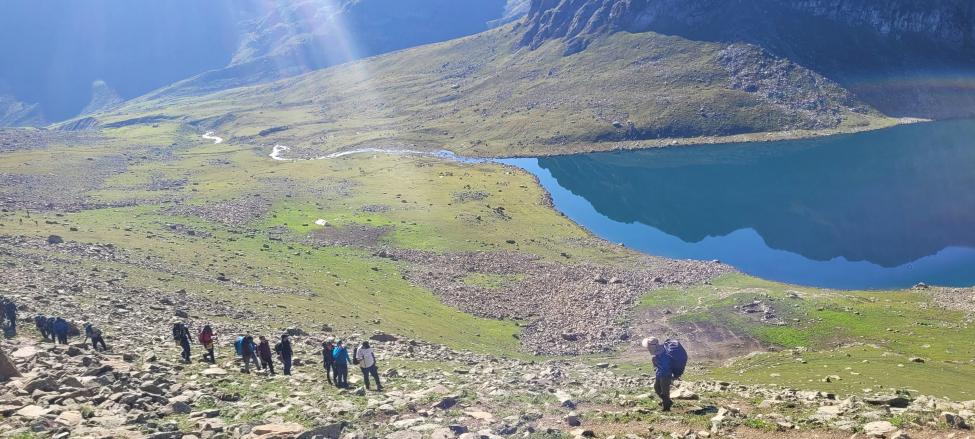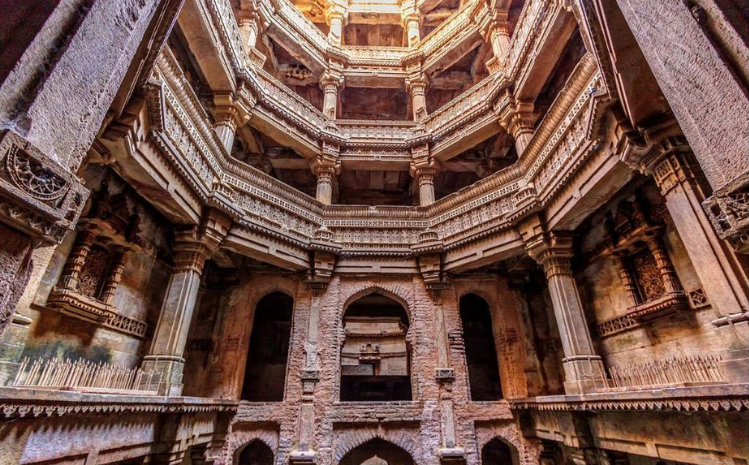 Adalaj Stepwell, Gandhinagar
Adalaj Stepwell, Gandhinagar
Adalaj Stepwell, Gandhinagar - The Timeless Beauty of Queen Rudabai’s Creation
Adalaj Stepwell, built by Queen Rudabai in the 15th century, is an architectural wonder symbolizing love and artistry. The five-tier stepwell features exquisite carvings and a unique Indo-Islamic design. It’s one of Gujarat’s most mesmerizing heritage attractions near Gandhinagar.
Adalaj Stepwell, Gandhinagar
Nestled between Ahmedabad and Gandhinagar, Adalaj Stepwell, locally known as Adalaj ni Vav, stands as one of Gujarat’s most enchanting architectural marvels. Built in 1499 by Queen Rudabai, this five-story stepwell is not just a masterpiece of architecture but also a touching symbol of love, devotion, and resilience.
Designed to provide water and rest to weary travelers, the stepwell represents a perfect blend of Hindu and Islamic architectural styles. The intricate carvings, mythological sculptures, and floral patterns carved into the sandstone make it one of the most visited heritage sites in Gujarat.
History of Adalaj Stepwell
The story behind Adalaj Stepwell is deeply emotional. Rana Veer Singh, the ruler of the Vaghela dynasty, started the construction of this stepwell to provide water to the nearby villages. However, before the project could be completed, he was killed in battle by Mohammed Begda, the Sultan of Gujarat.
Queen Rudabai, devastated by her husband’s death, agreed to marry Begda on one condition - that he would finish building the stepwell in her husband’s memory. Once the construction was completed, the Queen performed her final rites and sacrificed her life by jumping into the well, turning the monument into a timeless symbol of love and sacrifice.
Architecture and Design
Adalaj Stepwell is a true example of Indo-Islamic fusion architecture. Built using intricately carved sandstone, the stepwell descends five stories deep. Each level is supported by beautifully decorated pillars and platforms, allowing visitors to view the well from multiple levels.
The stepwell is designed to let sunlight filter in delicately, illuminating the carvings and creating mesmerizing patterns on the walls. The structure remains naturally cool, even during Gujarat’s scorching summers, which once made it an essential stop for travelers and traders.
The carvings depict scenes of everyday life, flowers, birds, and deities - showing how art and spirituality were interwoven in ancient times.
Experience at Adalaj Stepwell
When you step into Adalaj ni Vav, the first thing you notice is the calm, cool air and the echoes of history whispering through the stone corridors. The intricate carvings tell tales of a bygone era - devotion, art, and architecture merging into one.
Visitors can admire the symmetrical design, enjoy the play of light and shadow, and marvel at the stone craftsmanship that has survived for over 500 years. It’s a paradise for photographers, architecture students, and anyone who loves history.
How to Reach
- By Air: The nearest airport is Sardar Vallabhbhai Patel International Airport, Ahmedabad (approx. 17 km).
- By Train: Gandhinagar Capital Railway Station is about 15 km away.
- By Road: Adalaj is well connected by road; it lies just off the Ahmedabad-Gandhinagar Highway. You can easily reach by taxi, auto, or local bus.
Visiting Time and Entry Fee
- Timings: 8:00 AM - 6:00 PM (Open all days)
- Entry Fee: Free for Indian visitors; nominal charges for foreign tourists.
- Best Time to Visit: October to February, when the weather is pleasant.
Nearby Places to Visit
- Akshardham Temple (8 km) - Magnificent temple complex with spiritual exhibits.
- Indroda Nature Park (9 km) - India’s Jurassic Park with wildlife and fossils.
- Dandi Kutir Museum (10 km) - Interactive museum on Mahatma Gandhi’s life.
- Sarita Udyan (9 km) - Serene garden along the Sabarmati River.
- Sabarmati Ashram (20 km) - Gandhi’s peaceful retreat on the riverbank.

 Dandi Kutir - The Salt Mountain ..
Dandi Kutir - The Salt Mountain .. Dwarkadhish Temple, Dwarka - A D..
Dwarkadhish Temple, Dwarka - A D.. Rajwada Palace, Indore - A Timel..
Rajwada Palace, Indore - A Timel.. Manikarnika Ghat, Varanasi - The..
Manikarnika Ghat, Varanasi - The.. Gaya, Bihar - The Spiritual Hear..
Gaya, Bihar - The Spiritual Hear.. Hauz Khas Fort Delhi - History, ..
Hauz Khas Fort Delhi - History, .. Heritage & Culture Trips from De..
Heritage & Culture Trips from De.. Chakrata (Uttarakhand) - The Hid..
Chakrata (Uttarakhand) - The Hid.. Venuvana Monastery, Rajgir - The..
Venuvana Monastery, Rajgir - The.. Chandi Devi Temple Haridwar | Co..
Chandi Devi Temple Haridwar | Co.. Birla Mandir Delhi - Timings, Hi..
Birla Mandir Delhi - Timings, Hi.. Karol Bagh Market Delhi - Shoppi..
Karol Bagh Market Delhi - Shoppi.. Perfect for adventure seekers, c..
Perfect for adventure seekers, c.. Birla Mandir Mathura - Complete ..
Birla Mandir Mathura - Complete .. Madan Mohan Temple Vrindavan –..
Madan Mohan Temple Vrindavan –..

